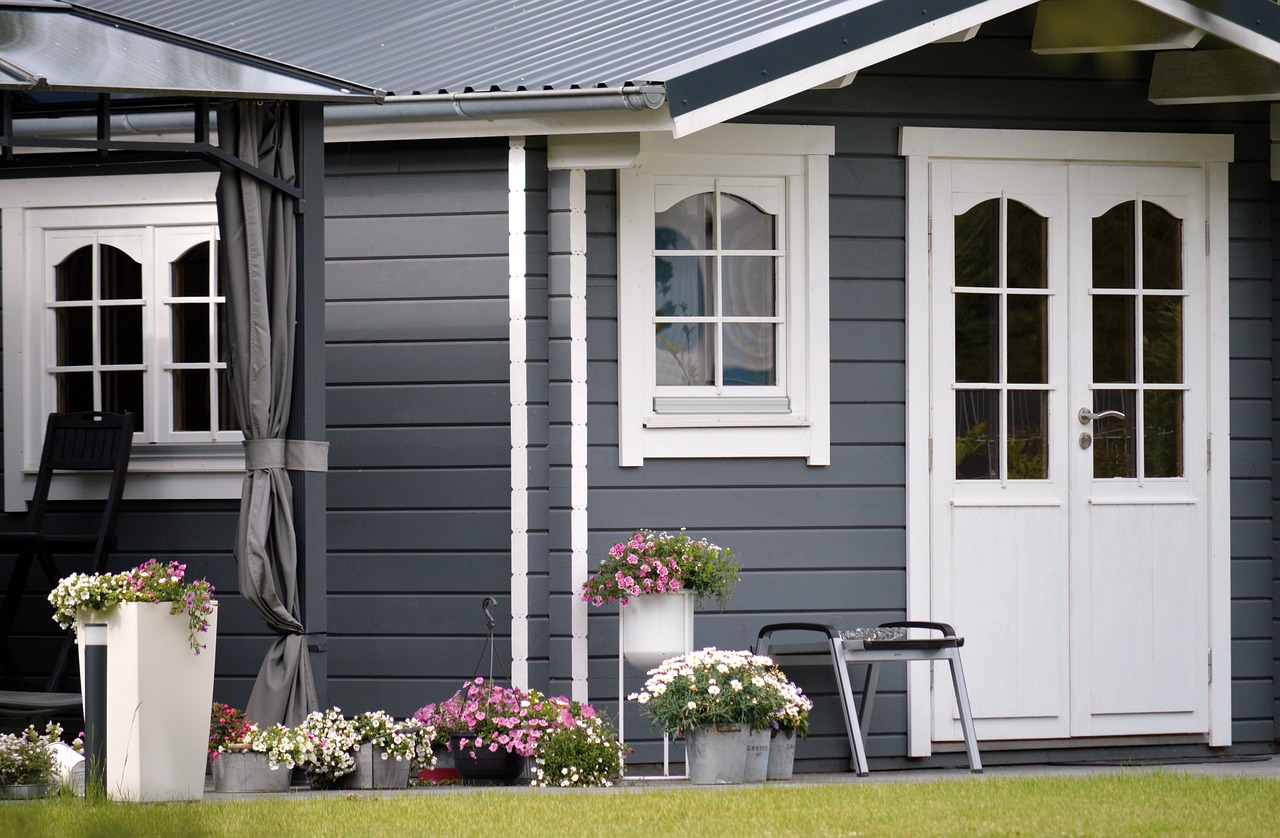Garden Paint: 5 Commonly Asked Questions Answered
One effective way to transform your garden is through the use of garden paint – a versatile solution that adds color, protects surfaces, and enhances the overall aesthetic. However, with the myriad of options available from exterior paint manufacturers, questions often arise about finding the right color, ensuring longevity, and the practicalities of the painting process. This article addresses five commonly asked questions to guide you through the world of garden paint.
- What steps do you take to find a suitable color and ensure it’s long-lasting?
Choosing the right color for your garden paint can be both exciting and daunting. Start by considering the overall theme and atmosphere you want to create. Earthy tones like greens and browns can provide a natural and calming feel, while brighter colors like blues and yellows can add vibrancy and energy. To ensure the longevity of your chosen color, opt for high-quality outdoor paint specifically designed for garden use. These paints often contain protective elements that shield against harsh weather conditions, UV rays, and fungal growth.
- Which fence paint color makes your garden look bigger?
The choice of fence paint can significantly impact the perceived size of your garden. Lighter colors tend to create an illusion of more space, making them ideal for smaller gardens or areas with limited sunlight. White, light gray, or pastel shades can reflect more light, creating an open and airy atmosphere. On the other hand, darker colors can add depth and a sense of coziness to larger gardens.
- How does the coverage compare between the two paints?
The coverage of garden paint can vary depending on the type and brand. Water-based paints often require more coats for full coverage but tend to dry faster. Oil-based paints, while providing better coverage in fewer coats, can take longer to dry. Consider the specific needs of your project and the time you have available for drying when choosing between the two.
- Is more paint required on a rough surface?
Rough surfaces indeed absorb more paint due to their uneven texture. When dealing with rough surfaces like textured wood or concrete, it’s advisable to purchase extra paint to ensure complete coverage. The additional paint compensates for the surface irregularities, resulting in a more uniform and aesthetically pleasing finish.
- Which is the best tool for applying the paint with?
Selecting the right tool for applying garden paint is essential for achieving a professional finish. For larger, flat surfaces like fences and walls, a paint sprayer can provide efficient and even coverage. However, brushes and rollers are more suitable for intricate details, smaller areas, or surfaces with irregularities. Brushes are excellent for reaching corners and edges, ensuring precision in your painting. Rollers, on the other hand, are efficient for large, flat areas and can cover surfaces quickly.
Wrap Up
Garden paint offers a myriad of possibilities for transforming your outdoor space into a vibrant and inviting haven. By addressing these commonly asked questions, you can navigate the process with confidence. So, unleash your creativity, pick up your brushes or rollers, and let your garden blossom with color and charm.

